FPGA programming is an important skill to be developed for those who want to work in the world of hardware and electronic programming
The FPGA programming (Field-Programmable Gate Array) is rapidly emerging in the world of computer electronics as a representative of the future in hardware design. The FPGA thus opens up new possibilities, and challenges the limits of traditional solutions hardware ASIC. In this context, VT100.srl stands out as an avant-garde company, with experts specialized in this new technology.
The solutions offered are extremelyavant-gardethanks to their high level of personality, and are able to respond to many needs in different fields, from mechanicsal medicoup to robotics.
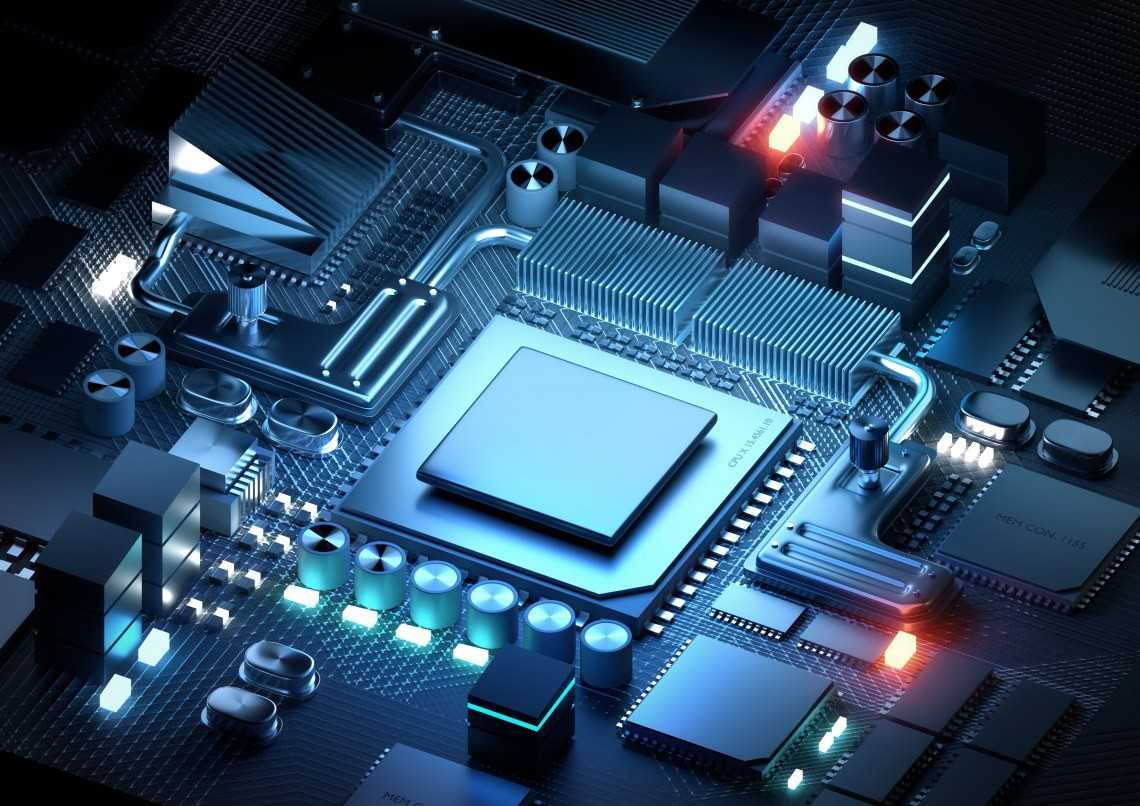
What is FPGA Programming
FPGA is an acronym that stands for Field Programmable Gate Array and pertains to semiconductor devices divided into configurable logic blocks (CLB), capable of defining functions after its manufacture. In other words, these devices allow you to program specific functions and features of the product, also allowing the reconfiguration of the CLB hardware for specific applications, even after its release.
An FPGA consists of a two-dimensional network of logic gates and registers connected to each other. The fundamental components therefore include the logic gate, which performs basic operations on an input datum, and the register, which stores the processed data until the next datum enters.
Programming an FPGA is done via high-end software toolswhich allow designers to specify block functions and generate a hardware description file for inclusion in the overall FPGA design.
Next, we will proceed to the compiling the HDL project, so as to be able to obtain a programming file that configures the FPGA at power up. In other words, it is a mapping of the HDL code that is done to the physical components of the FPGA device.
Finally, after the compilation phase, we proceed to the verification and testing of the codeso that any errors can be corrected, before proceeding as a last step to loading into the FPGA for custom hardware that meets the user’s specific needs.
In this way, one has the ability to describe a network of logical ports, connections and registers altogether personalizedbased on what the designer wants for the FPGA, even after the hardware has been introduced in the sector (and this also allows changes and improvements).
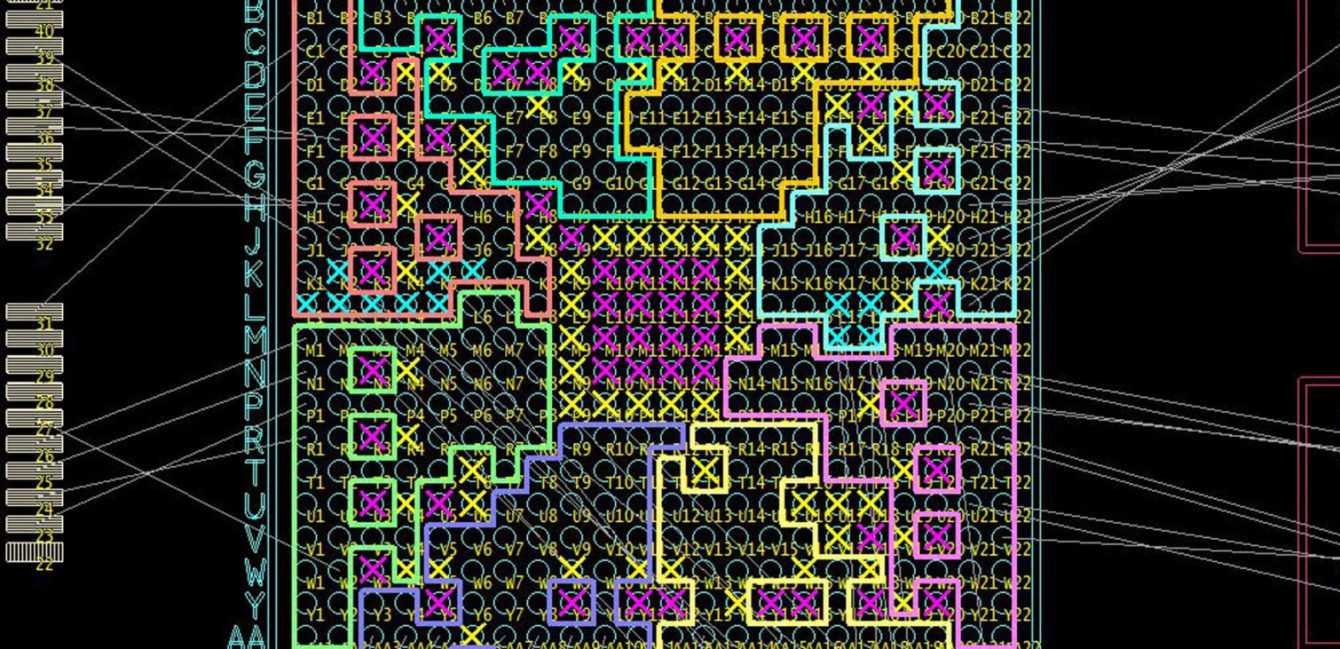
Are there differences between FPGA, ASIC and CPLD?
I CPLD programmable devices (Complex Programmable Logic Device) and FPGA share the characteristic of programmability, but the substantial difference between these two types of hardware is in the architecture. In fact, CPLDs are equipped with doors AND and OR without registerssuitable for specific applications that require high speeds, low costs or connection functions between complex devices.
The major difference can be found instead between FPGAs and ASIC (Application Specific Integrated Circuit), i.e. integrated circuits customized for a specific use. ASICs have the characteristic of having functions defined during manufacturing and cannot be changed later, while FPGAs offer the flexibility to update functions even after they are manufactured.
The main advantage of the latter, we can say, lies in the possibility of one faster design, with less risk of errors, although they consume more power than ASICs. Furthermore, it is a main characteristic of FPGAs that they can be programmed also by the end userWhile ASICs require the intervention of an expert designermaking them more expensive in the end.
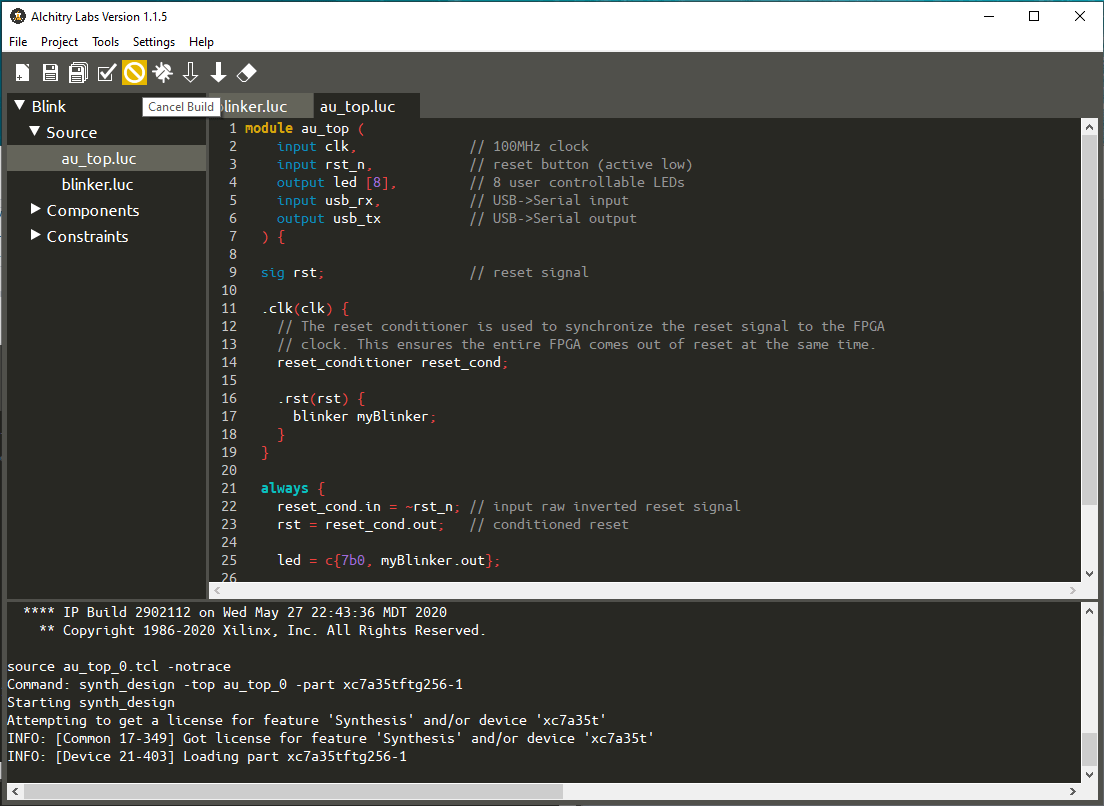
In which fields is it applicable?
The FPGA chips can be programmed in a personalized and tailor-made way, which is why they are excellent in any company that needs to have high performance and complexity of the electronic boards. These devices can sometimes be accompanied by external RAM memories or microprocessorswhich are always selected and programmed according to customer specifications.
I sectors in which this technology is applicable are, therefore, varied: from communication networks, high precision DAC systems and industrial automation, but also in the medical sector, in robotics, in industrial motor control systems, in serial digital interfaces for transmission of TV signals and, finally, it also has applications in the field of wireless telephony.
In conclusion
FPGA programming represents the future of hardware design in the field of computer electronics, as they adapt to a wide range of sectors, including mechanics, medical and robotics. Their versatility and flexibility make them ideal for applications that require high performance and complexity. FPGA chips are, therefore, able to offer unique possibilities, paving the way for a new era of custom hardware design.







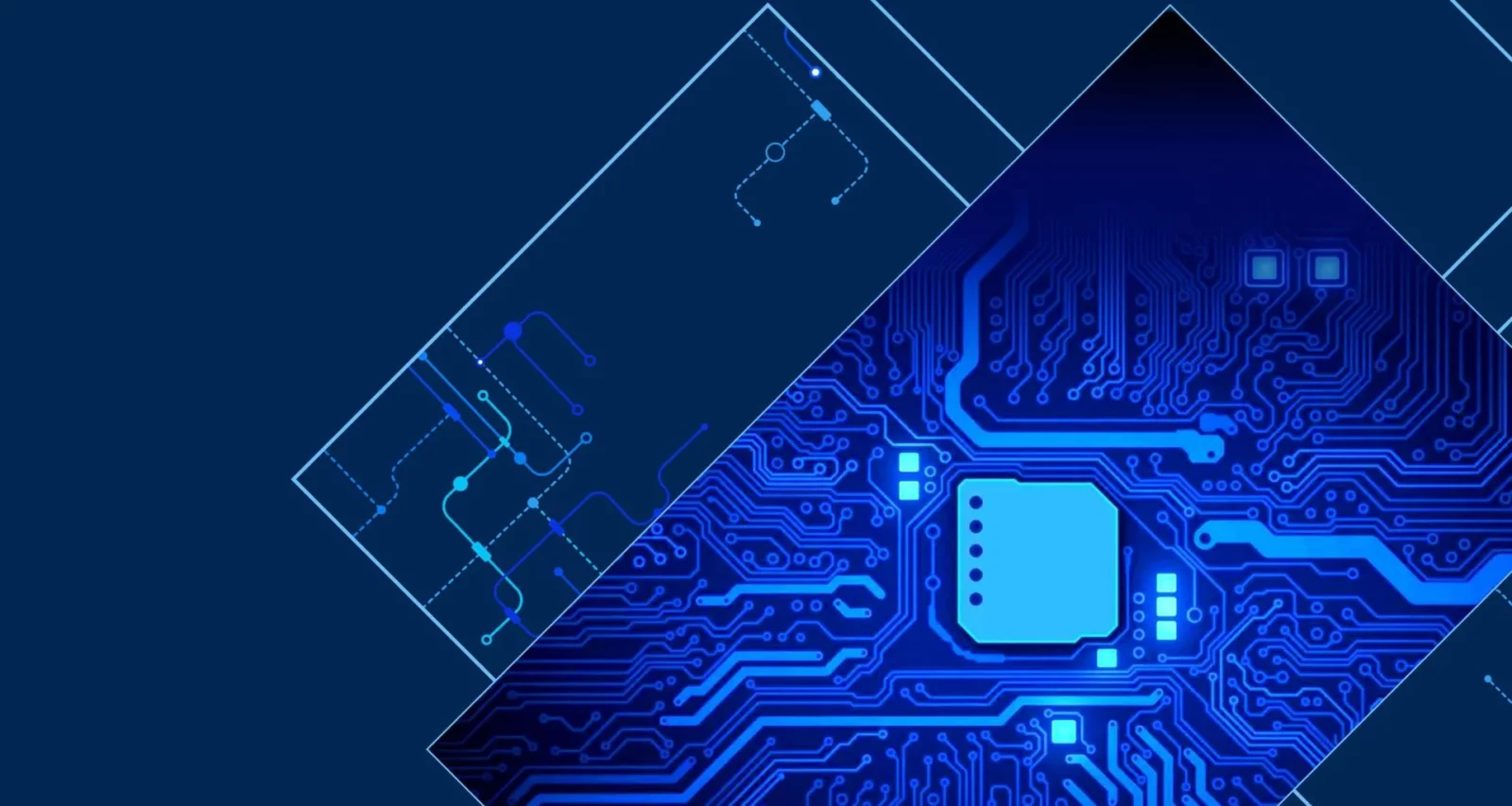




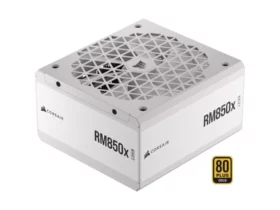


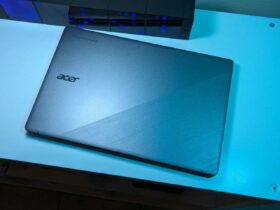
Leave a Reply
View Comments